Telecommunications in Colorado
1876–1906





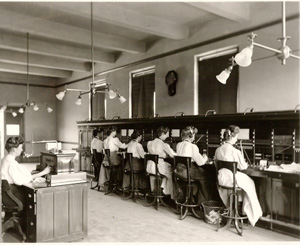
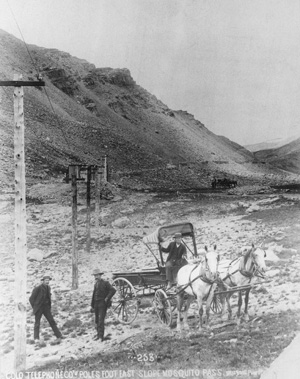
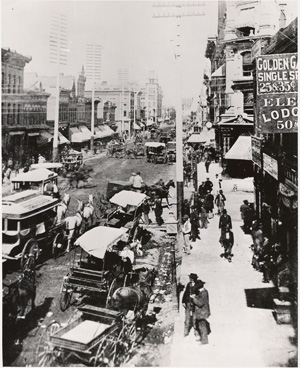
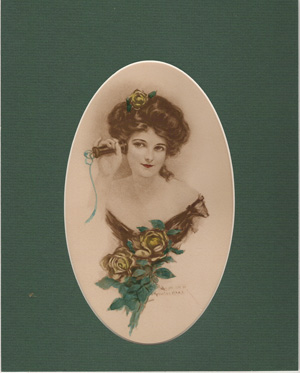
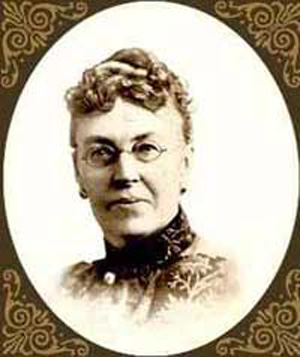
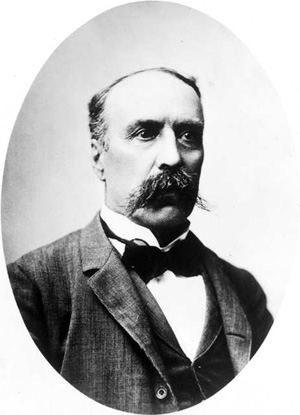
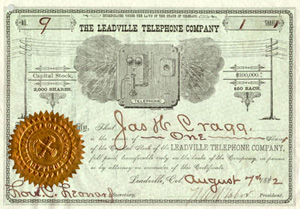
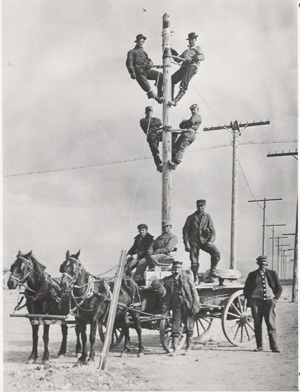
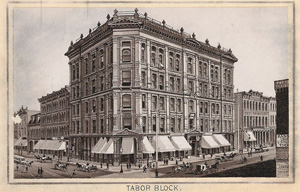
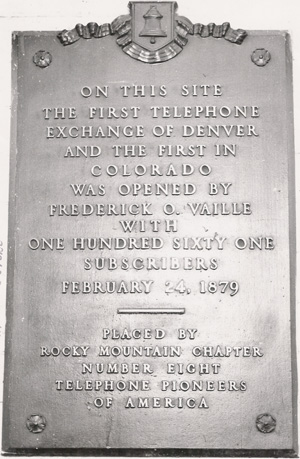
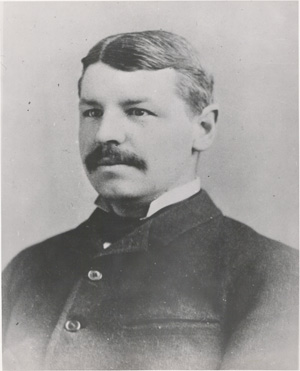
Leadville operators
Mountain construction
Denver 1890
A caller in early 1900s Colorado could reach an operator by cranking a magneto
wall phone.
Horace and Augusta Tabor
Leadville Telephone Company Stock Certificate. Note that the certificate is
signed by Horace Tabor and made out to his wife, Augusta.
Pole crew
Northeast corner, 16th and
Larimer Street
Frederick O. Vaille, owner of the Denver Dispatch Company
Imagine calling your neighbor for the first time.
Alexander Graham Bell invented the telephone in 1876. Soon cities and towns strung telephone wires between their buildings to help people's thoughts fly to neighbors. Later companies strung telephone wires among nearby towns and eventually among nearby states. Your thoughts could fly faster and farther.
Alexander Graham Bell invented the telephone in 1876. Soon cities and towns strung telephone wires between their buildings to help people's thoughts fly to neighbors. Later companies strung telephone wires among nearby towns and eventually among nearby states. Your thoughts could fly faster and farther.
Some of the first phones in Colorado connected mining offices to the mines themselves.
Mining magnate Horace Tabor expanded his company system to include the public
in October 1879.
Colorado's first telephone system
The Denver Telephone Dispatch Company opened Colorado's first telephone system in February 1879. Soon after, the Western Union–owned Colorado Edison Telephone Company began competitive operations. On Nov. 10, 1879, the American Bell Company won a patent infringement suit with Western Union. Denver Dispatch, a Bell company, then absorbed the Western Union facilities.
The Denver market had no more competition until 1997, although it continued in smaller Colorado towns and rural areas. If your town had several companies, you could call only people who were served by your company.
The Denver Telephone Dispatch Company opened Colorado's first telephone system in February 1879. Soon after, the Western Union–owned Colorado Edison Telephone Company began competitive operations. On Nov. 10, 1879, the American Bell Company won a patent infringement suit with Western Union. Denver Dispatch, a Bell company, then absorbed the Western Union facilities.
The Denver market had no more competition until 1997, although it continued in smaller Colorado towns and rural areas. If your town had several companies, you could call only people who were served by your company.
Online Exhibits
Telecommunications in Colorado
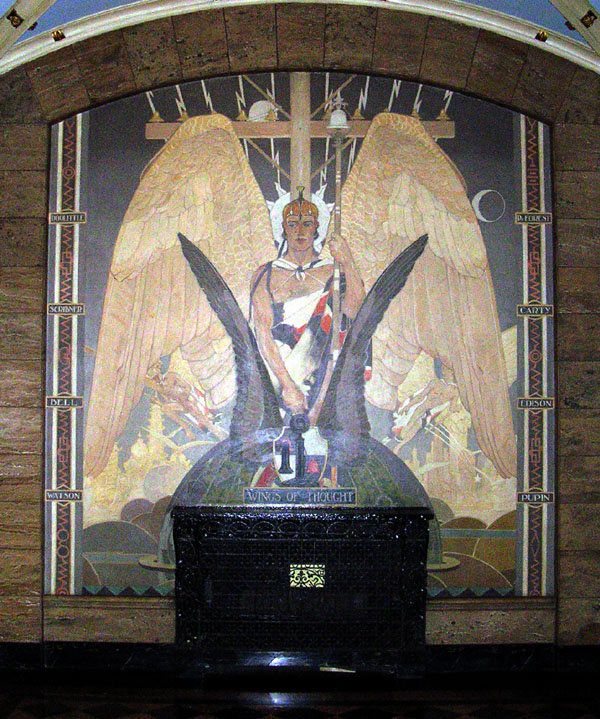
Allen Tupper True Mural, The Wings of Thought (THG file photo)
Throughout history, human beings have had an innate desire to communicate. This exhibit features a timeline from face-to-face communications of the mid-19th century to today’s instant, global communications, and invites the viewer to imagine what it must have been like to wait weeks or months for news from back home.
Using Allen True’s Wings of Thought mural as a motif, the exhibit highlights documents, directories, and photographs from Telecommunications History Group archives. This online exhibit is based on a 2011 THG exhibit at the Denver Public Library.
Note: Because the exhibit is based on a physical original, it doesn't currently work on a mobile phone in portrait mode (and will look very small in landscape as well). Please view on a tablet or larger device. We're working to get a version of this exhibit to be mobile-friendly.
